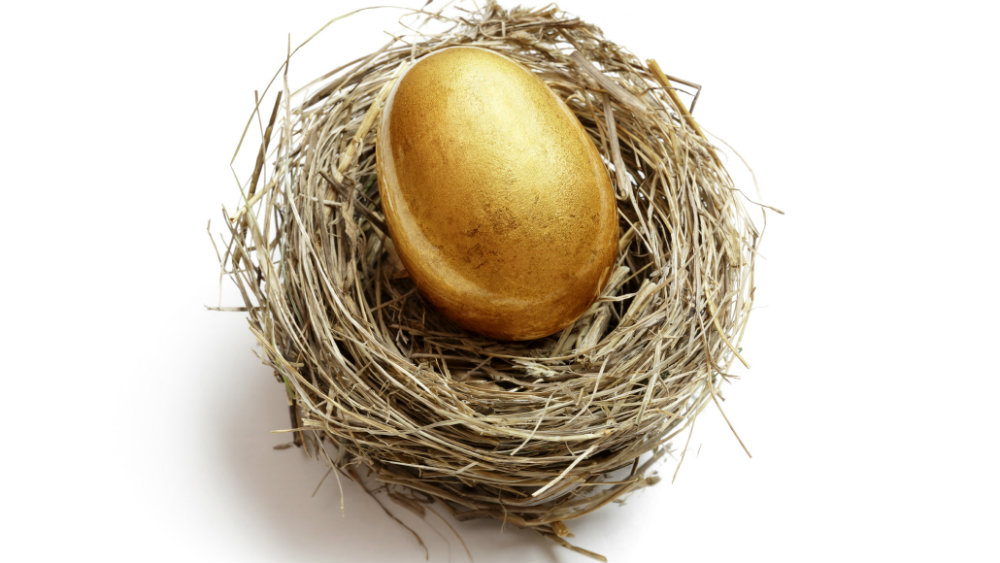Canadians are searching for ways to boost their self-directed pension fund without having to hand over cash to the tax authorities when they finally spend the money.
One popular strategy involves owning high-quality dividend stocks inside a Tax-Free Savings Account (TFSA). The distributions are not subject to tax, meaning that you can invest the full amount of the payouts in new shares.
The dividends can later become a tax-free income stream. In addition, seniors who are collecting OAS don’t have to worry about the extra income being counted toward the CRA’s clawback limits.
The current accumulated TFSA contribution limit per person is $63,500, giving a retired couple as much as $127,000 in potential investment space.
Let’s take a look at one top Canadian stock that might be an interesting pick right now to get you started.
TD
Toronto-Dominion Bank (TSX:TD)(NYSE:TD) is a giant in the financial industry, with $1.4 billion in total assets, 90,000 employees, and a market capitalization of $140 billion.
The company gets 55% of its net income from the Canadian retail banking operations. The U.S. division kicks in another 38%, and wholesale banking accounts for 7%.
The large American presence gives investors solid exposure to the U.S. market through a top Canadian company. The U.S. business also balances out the revenue stream, and profits generated in the group provide an extra boost to the bottom line when the U.S. dollar rises against the loonie.
In recent years, ongoing concern about a potential downturn in the Canadian housing market have resulted in volatility in the Canadian bank stocks. TD reported a Canadian residential mortgage portfolio of $288 billion at the end of fiscal Q3 2019.
That’s a large amount, and a crash in house prices would be negative for the bank. However, 32% of the loans are insured and the loan-to-value ratio on the remainder is 54%, so the market would have to get pretty bad before TD takes a hit.
Changes in the moods of central bankers in the United States and Canada in the past year probably mean that a Canadian housing crisis is not on the radar.
Why?
Interest rates in the United States are now falling, potentially forcing the Bank of Canada to follow suit. At the very least, interest rates are not expected to increase in Canada for the foreseeable future. In addition, bond yields have fallen significantly, resulting in a drop in fixed-rate mortgage pricing.
This is helping reduce default risks from Canadian homeowners who have to renew their mortgages.
TD’s earnings remain robust. The company reported adjusted net income of $3.34 billion in fiscal Q3 2019, representing an increase of 8% on a per-share basis compared to the same period last year.
The bank does a good job of sharing the profits with investors. TD buys back stock and boosts the dividend on a regular basis. The current annualized dividend payout is $2.89 per share, which is up from $0.36 per share 20 years ago.
A $10,000 investment in TD at that time would now be worth more than $107,000 with the dividends reinvested.
The bottom line
The strategy of owning top dividend stocks and using the distributions to buy more shares is one way investors have turned small savings funds into fortunes.
We have no way of knowing what the future will bring, but TD should continue to be an attractive pick for buy-and-hold investors who want to build a self-directed pension portfolio.








